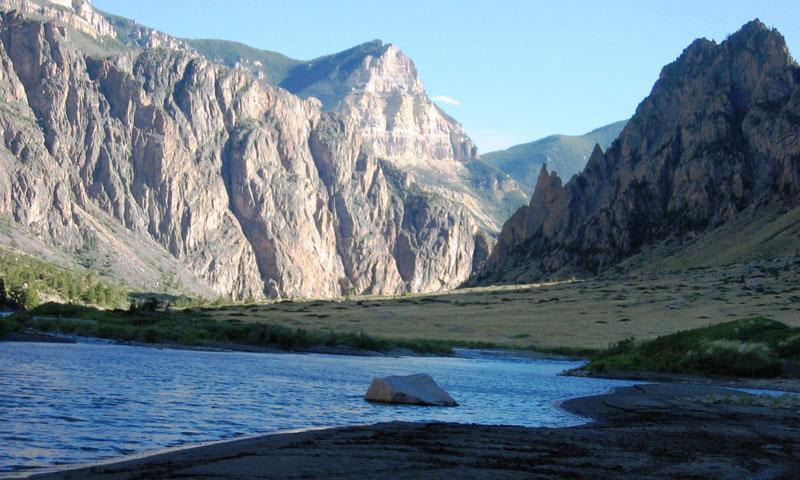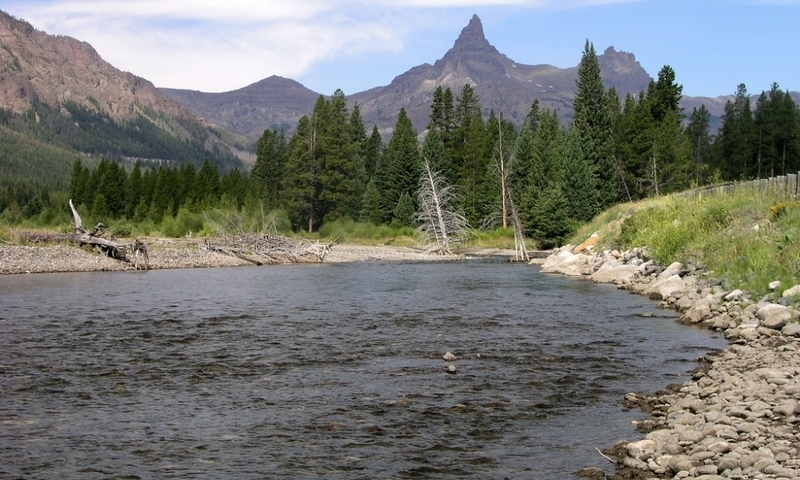- Fishing the Clarks Fork of the Yellowstone River offers large trout
- Summer is the best season to fish this river
- Catch some rainbow-cutthroat hybrids or mountain whitefish
- The upper Clarks Fork of the Yellowstone is accessible via trails and turnouts
- Try wading below the Hunter Peak Campground
Overview of Location
The Clarks Fork of the Yellowstone River is 241 miles of great fishing. With its beginnings at the northwest borders of Montana and Wyoming, it moves peacefully along breeding the kind of trout that anglers yearn for.
Type of waterway
Taking float trips or wading along the Clarks Fork of the Yellowstone makes sense to many anglers, because the slow moving waters offer up plenty of great fish. In the lower section, you’ll need a strong rod because of the high winds. Float access is dependant upon the present water levels in the upper and lower sections.
Fishing seasons
You can fish year round at this river, but summer is generally the best season.
Most common fish species
On the Clarks Fork of the Yellowstone River you’ll find plenty of rainbow and brown trout as well as some rainbow-cutthroat hybrids. You can catch some grayling, mountain whitefish, and both Yellowstone cutthroat and Snake River cutthroat.
Access and Fishing Areas
Driving north out of Cody, Wyoming on State Highway 120 will bring you to State Highway 296, which ends in the Clarks Fork Canyon. This canyon area of the river is designated both wild and scenic, and offers great fishing. Most of the Chief Joseph Highway or Highway 296 parallels the river.
Each section of the Clarks Fork of the Yellowstone River has its own unique personality. The Upper Clarks Fork sometimes is no wider than 50 feet, and with a rapid flow, wading can be challenging. However, after the runoff in mid-July, wading becomes easier. This section runs close to Highway 212 and can be accessed via trails and turnouts.
The middle section of the Clarks Fork of the Yellowstone starts below the Hunter Peak Campground. Wider at this point, the river contains some long runs and pocket water. Wading provides lots of action. Where Crandall Creek joins the Clarks Fork, wading is not advised, but fishing from the bank is profitable. Take a trail into the canyon area where many fishermen never venture, thus the trout will happily take most flies.
The lower section of the Clarks Fork of the Yellowstone has some long runs and deep pools. It’s not uncommon to find fish larger than 18 inches.
To know all the fishing regulations for species and sizes, call Wyoming Game and Fish Department at 307-527-7125.
Getting an outfitter to be your guide on a fishing trip to the Clarks Fork of the Yellowstone could be your ticket to the best fishing trip ever, so be sure to explore the options in the below listings.










